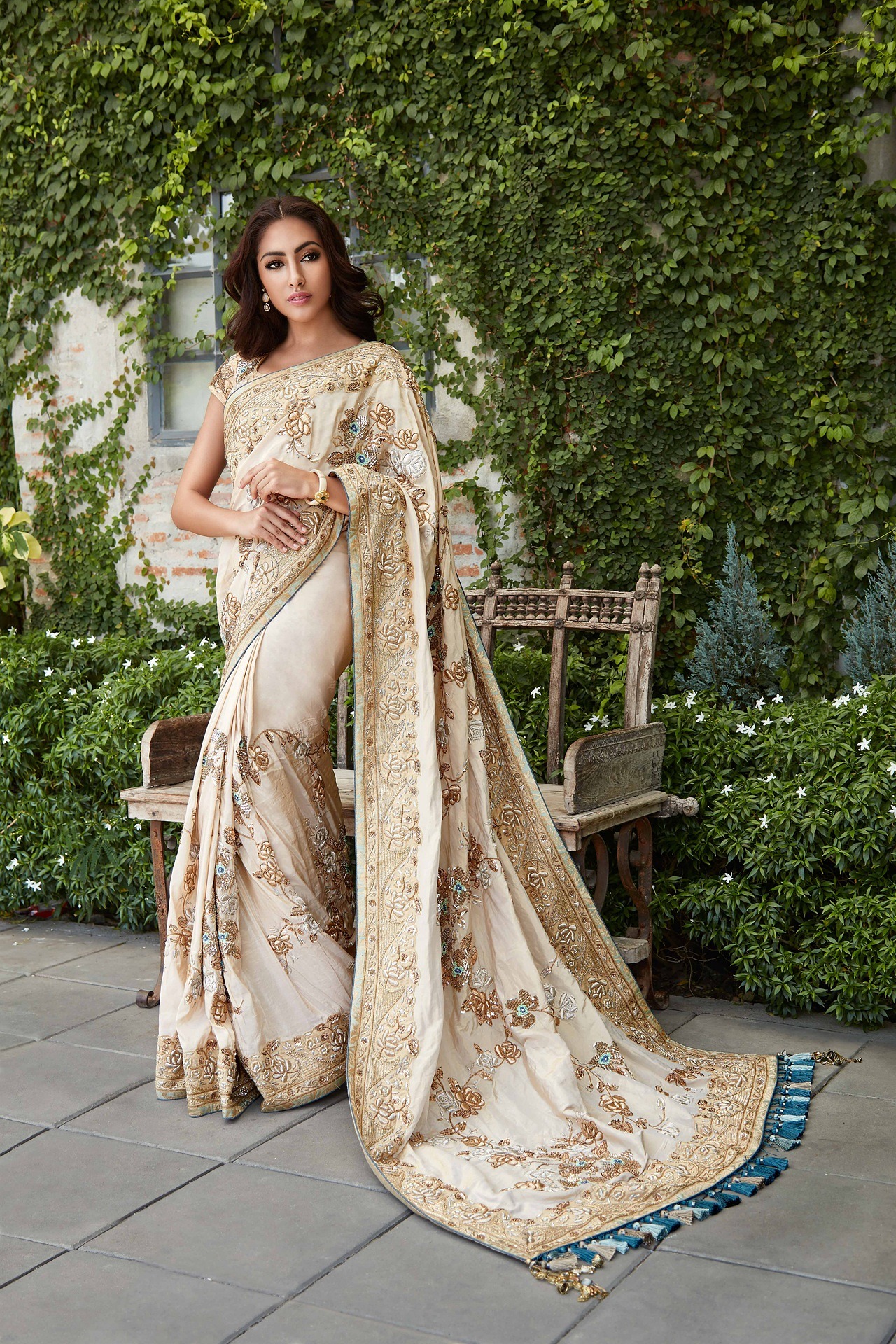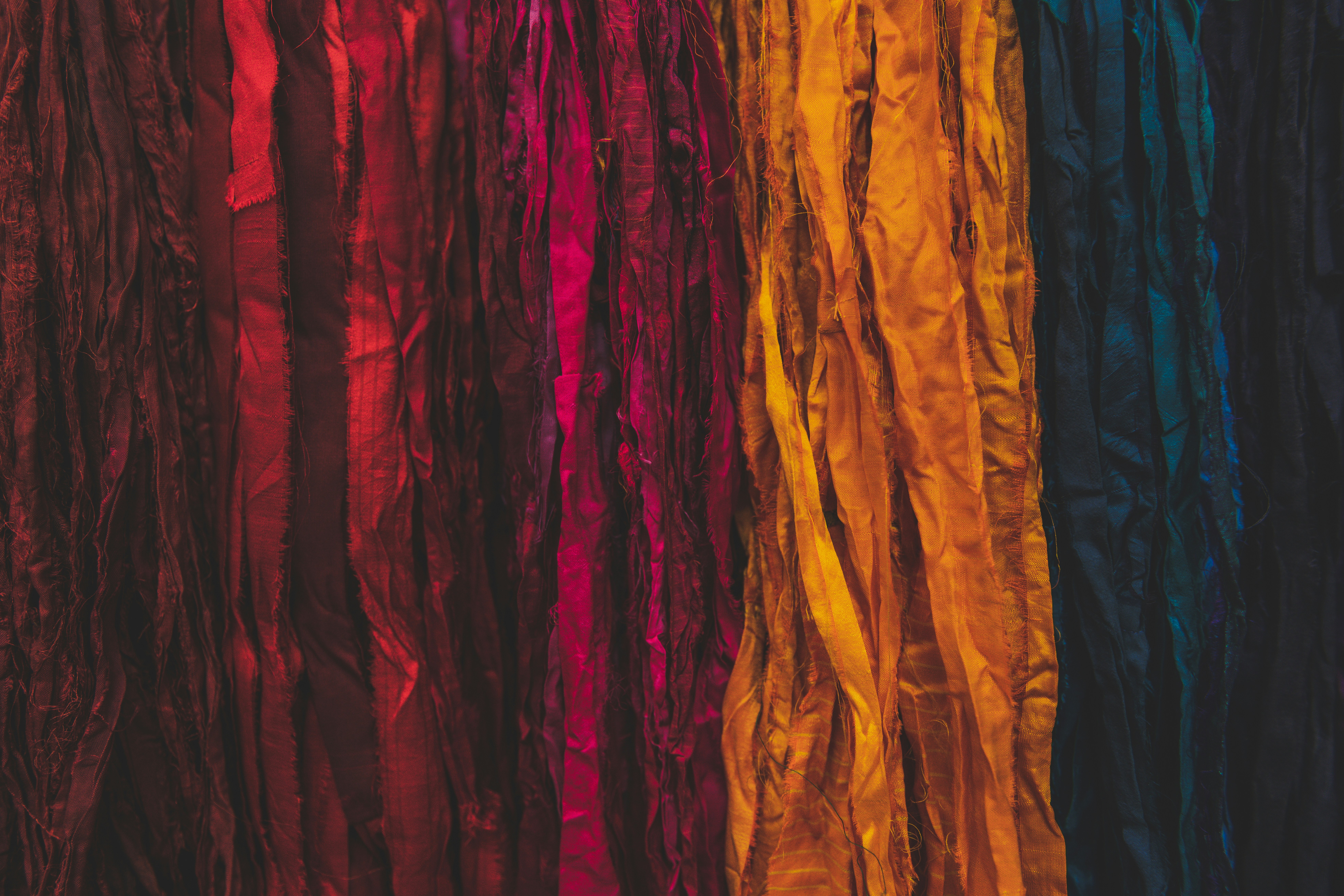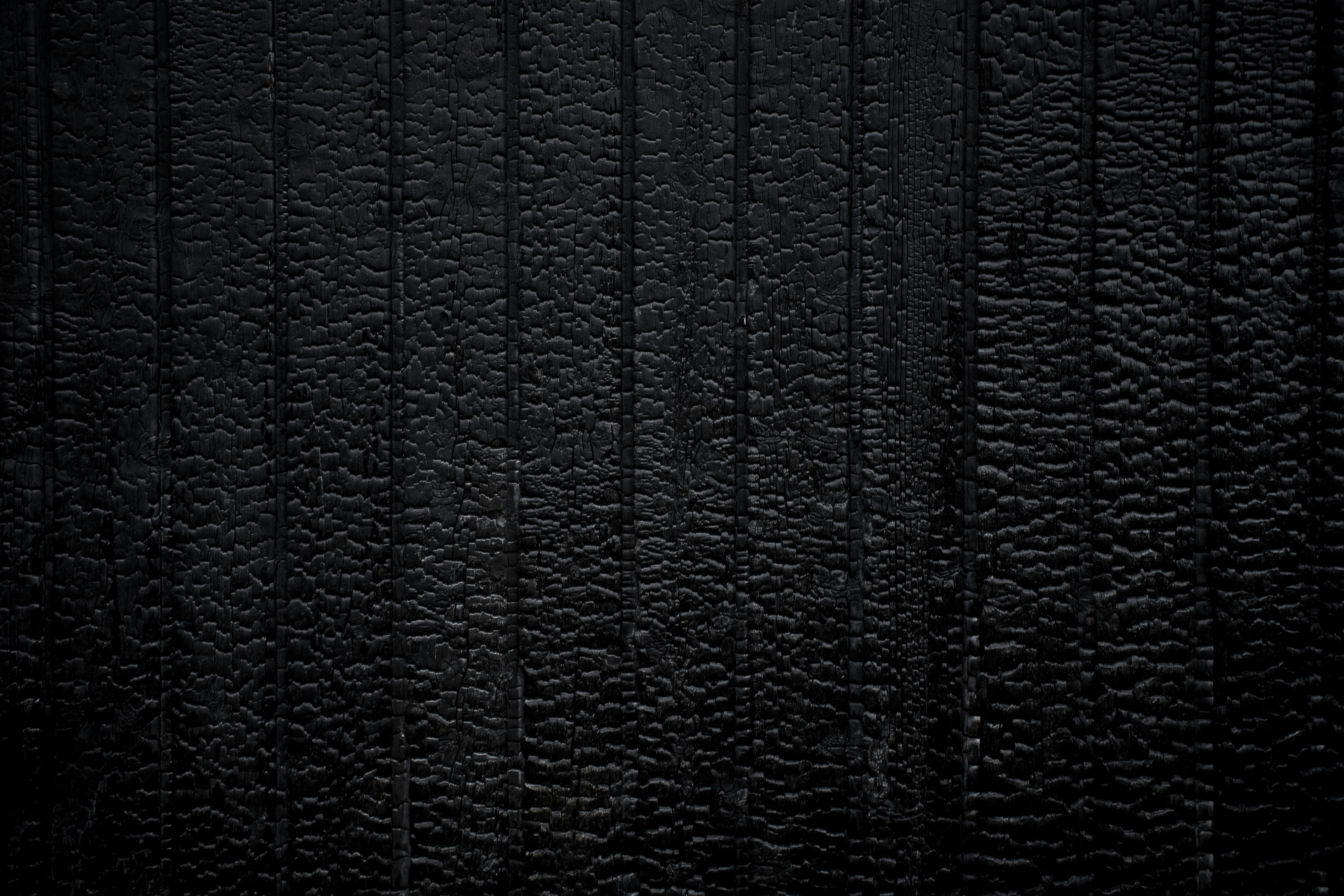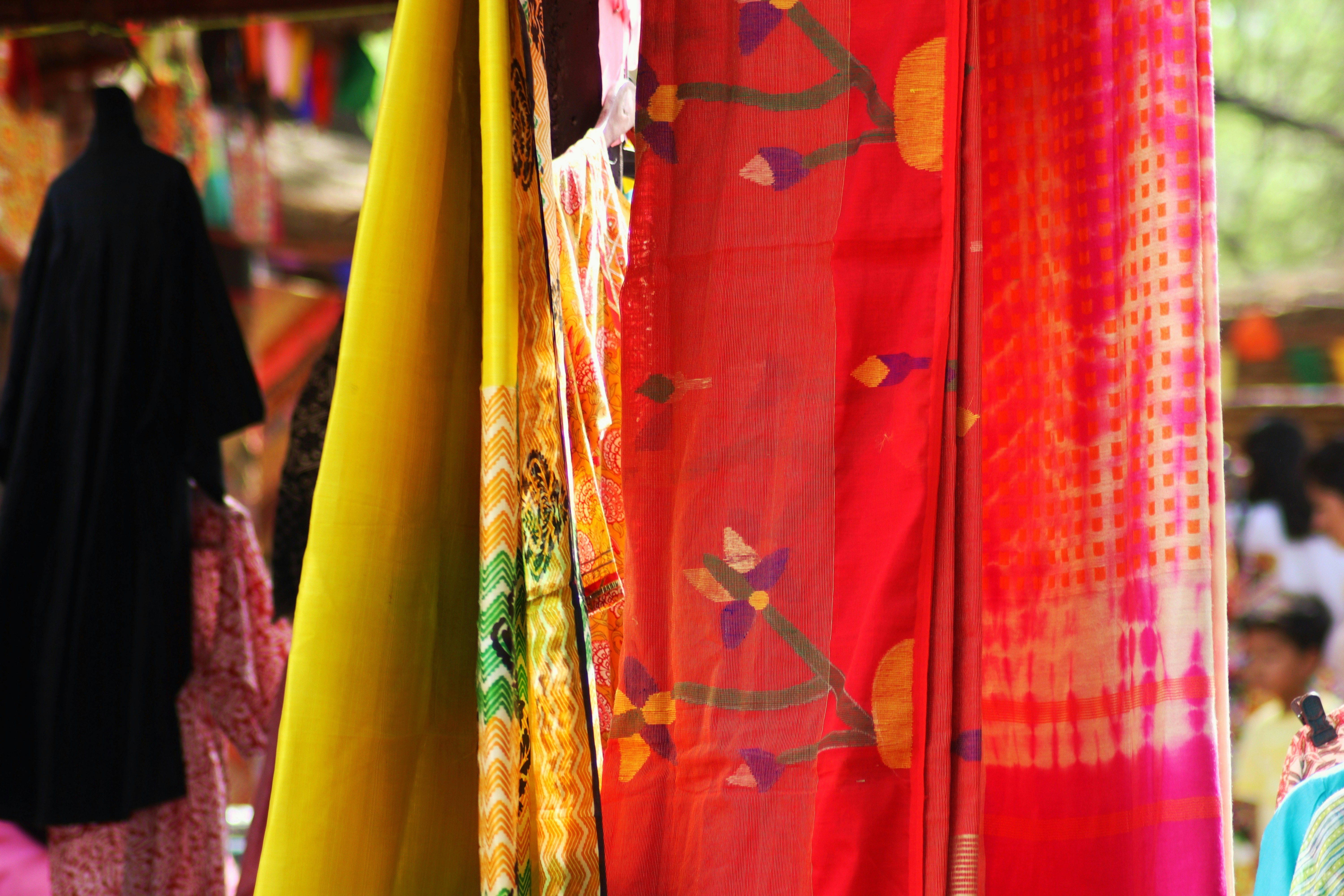
Introduction
India has a rich tradition of embroidery that reflects its diverse cultures, heritage, and artistic excellence. Each region boasts its own unique embroidery style, showcasing intricate patterns, vibrant colors, and exquisite craftsmanship. Whether used in fashion, home decor, or traditional attire, Indian embroidery adds timeless beauty and elegance to fabrics. In this blog, we will explore some of the most popular types of Indian embroidery that you should know.
1. Zardozi Embroidery (Royal Goldwork)
Origin: Mughal Era, Uttar Pradesh
Zardozi embroidery is one of the most luxurious and intricate forms of Indian embroidery. It uses metallic threads, gold and silver wires, and precious stones to create elaborate designs. Traditionally used for royal garments, wedding dresses, and ceremonial outfits, Zardozi is now also seen in modern fashion and home decor.
Characteristics:
- Heavy embellishments with gold and silver threads.
- Often adorned with pearls, sequins, and beads.
- Commonly seen on lehengas, sarees, sherwanis, and accessories.
2. Chikankari Embroidery (Delicate Threadwork)
Origin: Lucknow, Uttar Pradesh
Chikankari is a delicate and elegant hand embroidery technique that involves intricate white threadwork on fine fabrics like muslin, cotton, silk, or chiffon. Traditionally, it was done using white-on-white stitching, but modern Chikankari incorporates pastel shades and floral motifs.
Characteristics:
- Fine floral and paisley patterns.
- Use of stitches like backstitch, chain stitch, and hemstitch.
- Ideal for lightweight ethnic and contemporary clothing.
3. Kantha Embroidery (Storytelling Stitching)
Origin: West Bengal and Odisha
Kantha embroidery is a simple yet stunning form of running stitch embroidery traditionally done on old sarees and fabrics to repurpose them. It is known for its artistic storytelling, featuring folk tales, floral designs, and geometric patterns.
Characteristics:
- Continuous running stitch forming intricate motifs.
- Often depicts rural life, animals, and mythology.
- Used in sarees, dupattas, quilts, and home decor.
4. Phulkari Embroidery (Floral Creations)
Origin: Punjab
Phulkari, meaning “flower work,” is a vibrant and bold embroidery style used mainly in Punjabi culture. It is crafted using brightly colored silk threads on handwoven cotton or khaddar fabrics.
Characteristics:
- Geometric and floral patterns.
- Dense embroidery covering the entire fabric.
- Commonly used in dupattas, shawls, and wedding attire.
5. Kashmiri Embroidery (Sozni and Aari Work)
Origin: Kashmir
Kashmiri embroidery is known for its finesse and detailed handwork. The two main types are Sozni (needlework) and Aari (hook embroidery), both of which showcase nature-inspired motifs.
Characteristics:
- Intricate paisley, floral, and chinar leaf designs.
- Sozni is done with delicate needlework, while Aari involves chain stitch using a hooked needle.
- Used in Pashmina shawls, woolen garments, and sarees.
6. Mirror Work Embroidery (Shisha Work)
Origin: Gujarat and Rajasthan
Mirror work, or Shisha embroidery, involves sewing small mirrors onto fabric using decorative stitches. It is a signature style of traditional Gujarati and Rajasthani attire, adding a dazzling effect to textiles.
Characteristics:
- Use of tiny mirrors surrounded by colorful thread embroidery.
- Common in festival wear, ghagra cholis, home decor, and accessories.
- Creates a shimmering, eye-catching effect.
7. Parsi Gara Embroidery (Persian Influence)
Origin: Parsi Community, Gujarat and Maharashtra
Parsi Gara embroidery is a unique style influenced by Persian, Chinese, and Indian motifs. It is characterized by intricate patterns of flowers, birds, and vines, often resembling delicate paintings.
Characteristics:
- Fine silk threadwork on luxurious fabrics like georgette and crepe.
- Features Chinese-inspired motifs such as cranes and peonies.
- Used in elegant sarees and shawls, often passed down generations.
8. Rabari Embroidery (Tribal Folk Art)
Origin: Gujarat and Rajasthan
Rabari embroidery is a colorful and bold form of needlework done by the Rabari tribal women of Gujarat. It is known for its heavy use of mirrors, vibrant threads, and geometric patterns.
Characteristics:
- Intricate mirror work combined with heavy embroidery.
- Stylized motifs of camels, peacocks, and flowers.
- Commonly found in traditional garments, wall hangings, and accessories.
9. Toda Embroidery (Monochrome Craft)
Origin: Tamil Nadu (Toda Tribe)
Toda embroidery is a unique needlework style practiced by the Toda tribal community in Tamil Nadu. It uses bold red and black geometric patterns on white cotton fabric, creating a striking contrast.
Characteristics:
- Handwoven fabric with contrasting thread embroidery.
- Symmetrical patterns inspired by nature and tribal life.
- Used in shawls, clothing, and decorative textiles.
10. Gota Patti Embroidery (Metallic Applique Work)
Origin: Rajasthan
Gota Patti embroidery involves applique work using gold and silver ribbons sewn onto fabric in elaborate patterns. It is commonly used in festive and bridal wear, adding a touch of regal elegance.
Characteristics:
- Metallic trims shaped into floral and geometric designs.
- Typically seen in Rajasthani bridal lehengas and sarees.
- Often combined with sequins and beads for extra embellishment.
Conclusion
Indian embroidery is a beautiful testament to the country’s artistic and cultural heritage. Each embroidery style reflects the traditions of its region, creating timeless textiles that continue to captivate fashion lovers and designers worldwide. Whether you prefer the royal elegance of Zardozi, the delicate finesse of Chikankari, or the bold vibrancy of Phulkari, there is an embroidery style for every taste and occasion.
By understanding these different types of Indian embroidery, you can appreciate the artistry behind each stitch and incorporate these magnificent designs into your wardrobe and home decor.






